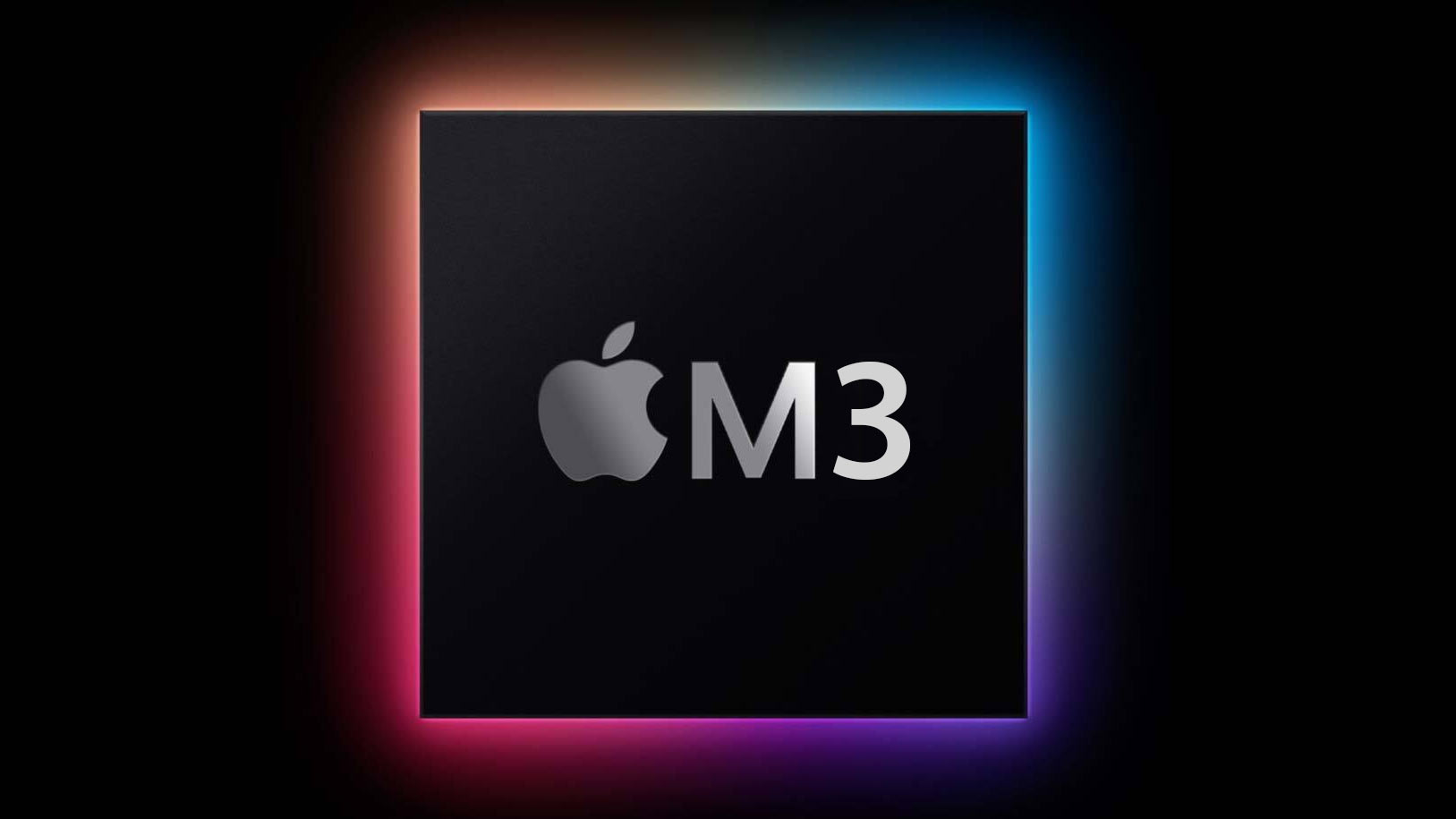
When Apple introduced its M3 family of processors this week, it mentioned its GPU Dynamic Caching technology as one of the key advantages of its GPU architecture that allowed it to bring hardware-accelerated ray tracing to its M-series SoCs. Indeed, it looks like Apple has spent years developing this technology and filed the first patent that covers it in early 2020.
Traditional GPUs operate on static caching mechanisms and fixed memory spaces which sometimes results in inefficient management and retrieval of page table information, underutilization of certain physical memory regions, and limitations of allocated memory for certain workloads. Apple's GPU Dynamic Caching ensures that cache and memory spaces are dynamically assigned based on the actual needs of different tasks and workloads. This adaptability ensures optimized memory usage, preventing wastage of memory resources and allowing tasks to access the memory they need (assuming that there is enough memory for a given task).
Dynamic caching and on-demand memory allocation can significantly benefit things like hardware ray tracing. Ray tracing is a computationally intensive rendering technique that simulates physical behavior of light to generate images. Given the complexity and variability of ray tracing computations, having the flexibility to allocate memory as needed and speed up access to frequently used data can significantly improve performance. What is also crucial for Apple is that its technology also allows to improve performance efficiency and in some cases reduce memory consumption, both of which are important considerations.
In addition to ray tracing, dynamic caching and on-demand memory allocation can benefit memory bandwidth-hungry graphics applications in general, so the technology possibly plays a role in improved performance of Apple M3's GPUs too. Meanwhile, mesh shading also plays a significant role in improving overall performance of Apple's new GPUs.







